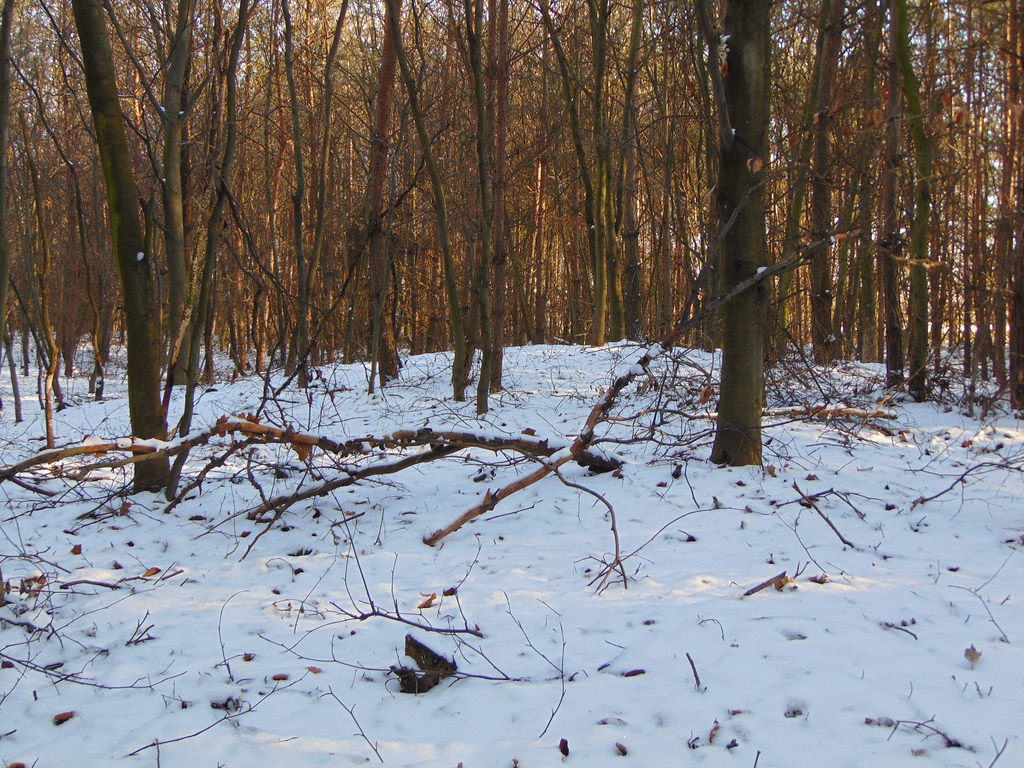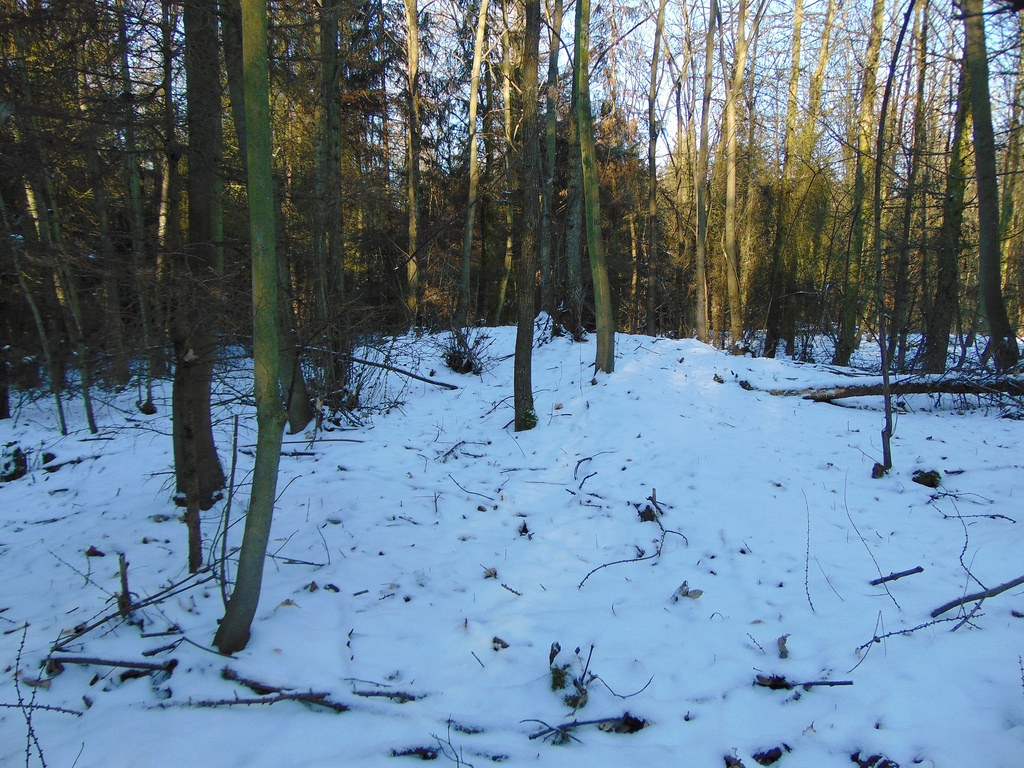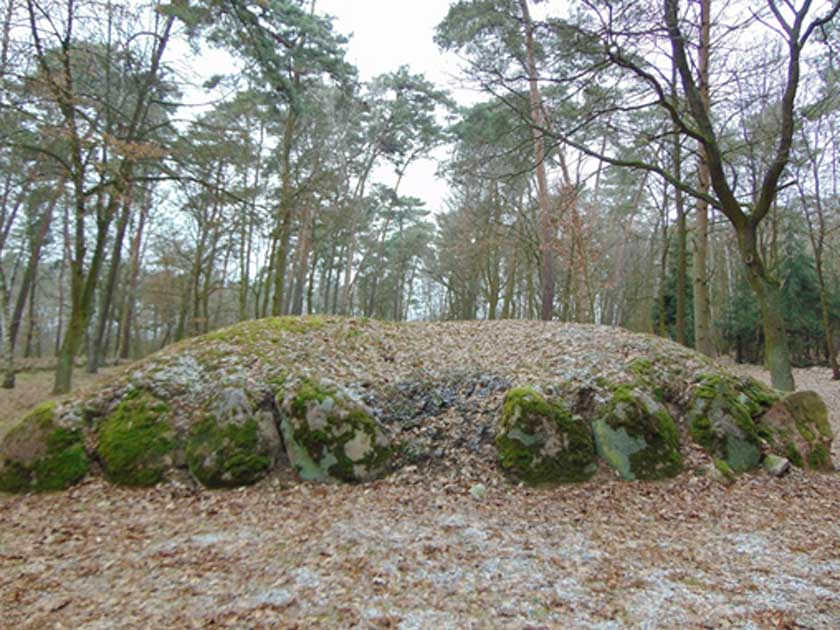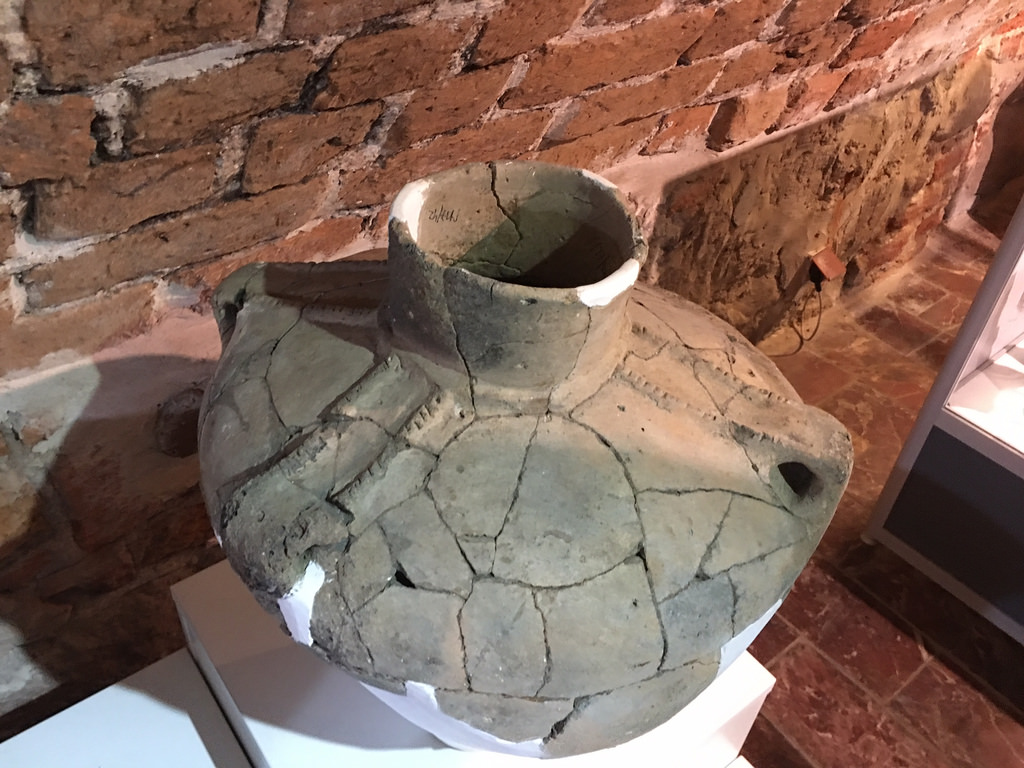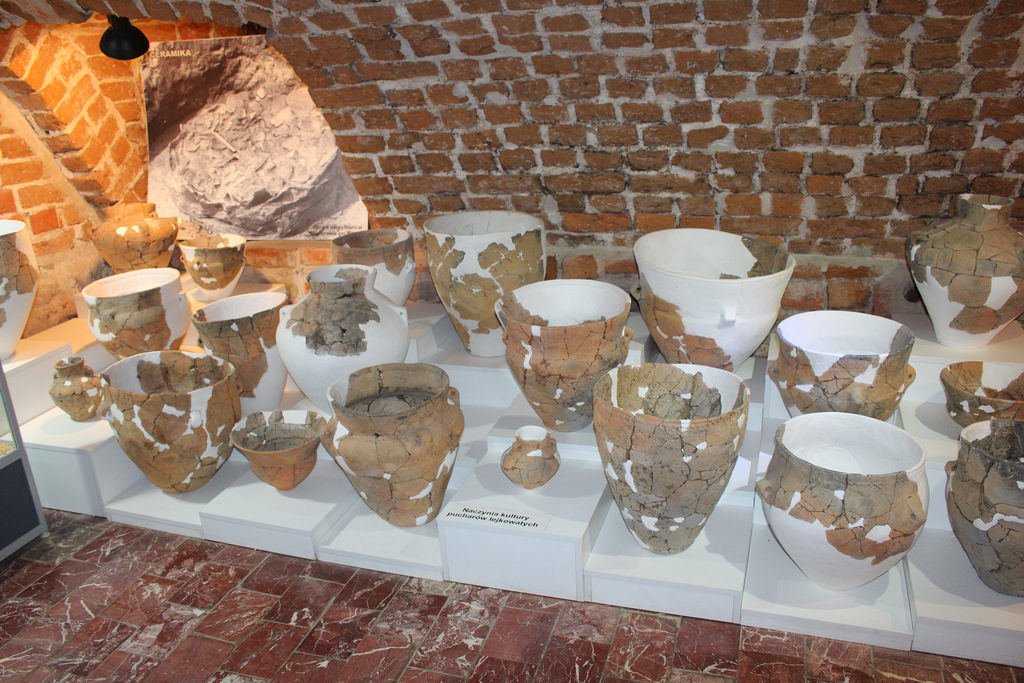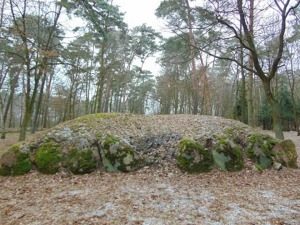
For the people who have lived in the rural area of Góry in eastern Wielkopolska, Poland, the ancient tombs have been known for perhaps two hundred years, if not longer. Many of them were gradually dismantled by the locals, at least at the surface, to acquire stones for modern constructions. Others, however, remained hidden and thus less conspicuous within the forests, surviving to the present as earthen mounds, their interiors still intact, their secrets still buried. It has only been recently that archaeologists rediscovered them, with the help of LiDAR, the remote sensing technology that measures the distance to objects from the air to the surface by revealing them with a pulsed laser light, uncovering surface forms and features that have gone undetected or unrecognized by the naked eye on the ground. Their significance, from an archaeological and historical perspective, is high, because they are about 5,5000 years old — remnants of the European megalithic past.
“The earthen mounds of the Góry megaliths are up to 90 meters long and 1.5 meters high and are in a very good state,” reports a press release of the Foundation Development YES – Open Pit MinesNO (DY-OPMN), an organization dedicated to their preservation. “Only the outer stones had been removed through ages of farming in the region. The rest is virtually intact.” The Foundation reports that there are 15 tombs, including 14 long-barrow tombs of the Neolithic Funnelbeaker culture, and one Lusatian culture tomb dated to the Early Bronze age at about 3 thousand years ago. They have remained to this day largely unexplored and unexcavated by archaeologists, save for initial survey. But once investigated, they could emerge as one of the most important sites of megalithic culture in Europe, joining discoveries such as Grønsalen on the Isle of Man in Denmark, Brú na Bóinne in Newgrange, Ireland, West Kennet Long Barrow in England, La Roche aux Fées and the Carnac Stones in France, and the megalithic temples of Malta.
_____________________________________
Above and below: Barely visible on the landscape, for now, the Góry tombs remain secluded within their forest shroud. Credit Leszek Pazderski
_____________________________________________________
Above and below: Reconstructed megalithic tombs in Wietrzychowice (50 km to the East of Góry). Credit: Leszek Pazderski
_________________________________________________________
Above and below: Reconstructed Funnelbeaker ceramic vases from a Neolithic settlement near the Góry site. (Most probably its inhabitants were the builders of the Góry megaliths). Credit: Krzysztof Gorczyca
________________________________________________________
Endangered Heritage
But these tombs also sit atop a coal deposit — a deposit that Poland’s ZE PAK mining company (through the planned Ościsłowo open-pit mine) is very keen to exploit — and as soon as possible. It is a familiar story. There are others like this one out there: the Mes Aynak site in Afghanistan is one high profile example. In the Góry megaliths case, Poland’s historical monuments conservation authority has begun the process to formally place the site on the protected monuments list. This means that, for now, the tombs are protected until the decision is made. But if the decision goes against them, the mining company will be approved for a permit to begin their excavation, leading to the destruction of the tombs. If, on the other hand, the decision favors preservation of the tombs, then ZE PAK may need to rethink their plans.
The DY-OPMN organization is campaigning to get the news out to the public.“Are the Poles ready to sacrifice a priceless piece of European history, barely researched and still full of secrets?” state their representatives in the press release. “Do the short-term profits of one company justify such a sacrifice? Foundation “Development YES – Open Pit Mines NO” believes that the cultural heritage should be protected from destruction for future generations.”
They may have more than the protection of cultural treasures on their side in the case. “The planned Ościsłowo open-pit mine would [also] devastate the environment and economy of the Wielkopolska region,” they maintain.
For now, everyone waits.
_____________________________________________
Receive 30 days free access to the popular new CuriosityStream lineup of documentaries on science, history, nature, and technology as a new Popular Archaeology premium subscriber.
___________________________________________
Travel and learn with Far Horizons.
____________________________________________

